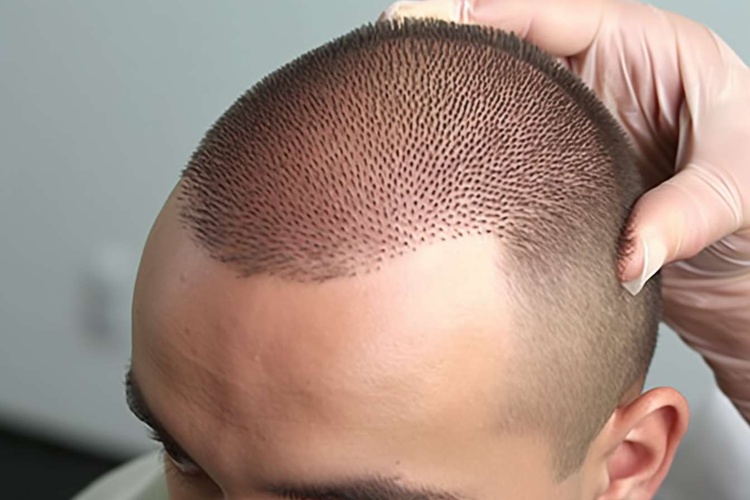Hair Transplants: Restoring Confidence, Follicle by Follicle
Hair loss affects millions worldwide, impacting self-esteem and confidence. For decades, those seeking to restore their hairline had limited options. However, hair transplant technology has evolved significantly, offering hope to many. This advanced procedure involves relocating hair follicles from areas of dense growth to thinning or balding regions. Modern techniques like Follicular Unit Extraction (FUE) and Direct Hair Implantation (DHI) have revolutionized the field, providing natural-looking results with minimal scarring. As the stigma around cosmetic procedures diminishes, more people are exploring hair transplants as a viable solution to combat hair loss.

Understanding the Hair Transplant Process
A typical hair transplant procedure begins with a consultation to assess the patient’s hair loss pattern and determine the best approach. During the surgery, follicles are carefully extracted from the donor area, usually the back of the head, where hair growth is genetically programmed to resist balding. These follicles are then meticulously implanted into the recipient area, considering the natural direction of hair growth and hairline design. The procedure can take several hours, depending on the extent of transplantation required.
Candidacy and Considerations
Not everyone is an ideal candidate for hair transplantation. Factors such as the cause of hair loss, overall health, and donor hair availability play crucial roles. Patients with male or female pattern baldness are often good candidates, while those with autoimmune-related hair loss may not benefit from the procedure. Age is also a consideration, as younger patients may continue to lose hair, potentially affecting the long-term results of the transplant.
Post-Procedure Care and Recovery
Recovery from a hair transplant is generally straightforward but requires careful adherence to post-operative instructions. Patients may experience some swelling and discomfort in the days following the procedure. The transplanted hair typically falls out within a few weeks, which is a normal part of the process. New growth usually begins within 3-4 months, with full results visible after 12-18 months. Proper care, including gentle washing and avoiding direct sunlight, is crucial during the initial healing phase.
The Psychological Impact of Hair Restoration
The psychological benefits of hair transplantation often extend far beyond aesthetic improvements. Many patients report increased self-confidence, improved social interactions, and a more positive self-image following successful procedures. This boost in self-esteem can have far-reaching effects on personal and professional relationships. However, it’s important for patients to have realistic expectations and understand that hair transplantation is a process that requires patience.
Technological Advancements and Future Prospects
The field of hair transplantation continues to evolve with new technologies and techniques. Stem cell research shows promise in potentially regenerating hair follicles, which could revolutionize treatment for those with limited donor hair. Additionally, improvements in artificial hair fibers may offer alternative solutions for individuals not suitable for traditional transplants. As research progresses, the future of hair restoration looks increasingly promising, with the potential for even more natural-looking and long-lasting results.




